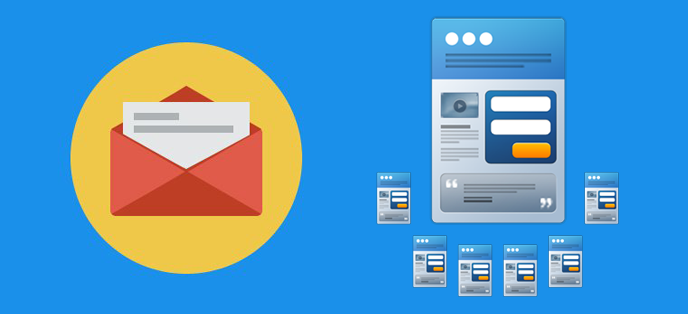

Hi! This is Atsushi at Web Analytics Consultants Association.
Today, I will talk about the relationship between emails and landing pages.
First, think about this:
How many e-mails do you write daily?
I write about 20 (probably more).
How many e-mails do you receive every day?
Probably more than you should. I receive about 100 per day.
How many e-mails do you open a day?
Really I only open about 50% of my emails so let’s say 50. The rest continues to collect dust in my inbox.
How many e-mails do you “really” read? Let’s be honest here.
For me, around 20, I guess.
I’m sure you’ve realized by now that getting responses from emails can be pretty difficult. Especially when we are all constantly bombarded by them. That’s why we have to think twice before crafting an email if we really want to get a response.

There are two things you should pay attention to:
- 1. A simple and clear title. One email, one topic.
- 2. Be brief. Don’t stress the reader out with more than what they have to read.
By simply paying attention to these two things, you will avoid many of the pitfalls of email writing.
For example, if your e-mail has too many different topics, your readers will try to read it later because it’s a hassle. If the title of your email is unclear, people will ignore it. If the email is too long, important points are easily missed.
At the same time, you want to convey the full value of your products and services and help your readers understand them better. How can you strike a balance between keeping it simple and short while providing enough details?
The answer is your website.
In your e-mails, write only what is necessary and then drive recipients to links that lead back to your landing page or website. This is called, “call to action”.
Explanations and details should be provided on your website as needed. For emails, landing pages are the more common choice when going after a particular response.
Furthermore, we shall focus not only on emails and their landing pages but also on what goes beyond, such as internal team work.
For instance, sales and support teams send emails often and try to bring in customers while web marketing or information system team manages their websites. Usually these teams work separately when in fact they should be coordinating and using each other to leverage collective marketing initiatives.
Effective landing pages can help every section in your company more efficiently and profitably by allowing for a better sales funnel.
 Login as
Login as






